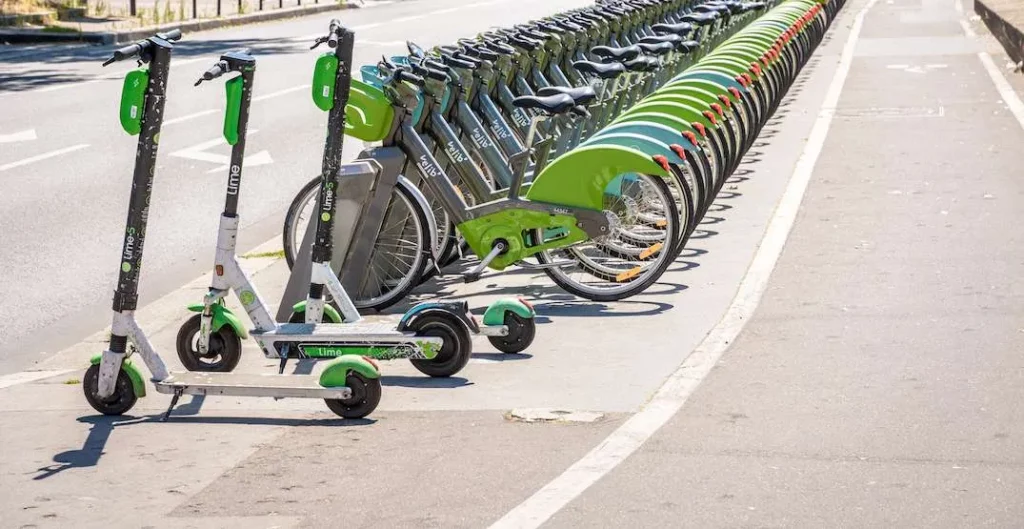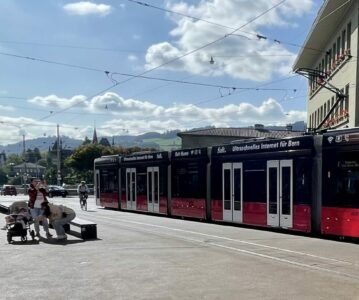There are many ways to add mobility to your train travel. Public transportation, personal mobility, bicycles/e-bikes and of course your feet are all good ways to get around once you have reached the end of the line on your train adventure. Don’t be afraid to explore.
Public Transportation
Public transportation networks, such as subways, buses, and trams, play a crucial role in urban mobility. They provide efficient and cost effective options for moving large numbers of people within cities. With a single ticket for the train, subway, and e-scooter, for instance, riders can enjoy the full advantage of the extensive public transportation network along with the flexibility and accessibility of micro-mobility.
Bicycle
Bicycles are a sustainable mode of transportation that rely on human power instead of fossil fuels. By using pedal power, cyclists can commute to work or other destinations, reducing their carbon footprint and contributing to a greener environment. E-bikes, which have an electric motor, offer an extra boost for longer distances or hilly terrain. They combine the benefits of cycling with the convenience of motorized assistance, making them an attractive choice for urban commuters.

Micromobility
Micromobility refers to lightweight, small-scale transportation options that bridge the gap between walking and traditional vehicles. These include e-scooters, electric-assist bicycles (e-bikes), and other compact conveyances. Micromobility vehicles are particularly useful for short trips, such as the first and last mile of a train journey. They help reduce congestion, improve air quality, and promote physical activity. However, successful integration requires better coordination among cities, operators, and public transit agencies.
Walking
Sometimes, the simplest form of transportation is the most effective. Walking remains an essential mode of getting around, especially for short distances. It’s healthy, environmentally friendly, and allows people to explore their surroundings at a leisurely pace. Integrating walking with other modes of transportation—such as walking to the train station or from the bus stop—creates a seamless urban mobility experience.
In summary, a multimodal approach that combines public transportation, bicycles, micro-mobility, and walking can enhance urban mobility, reduce congestion, and contribute to a more sustainable and efficient transit system. These options combined with train travel can make for a pleasant, efficient and sustainable adventure, commute, or vacation.


